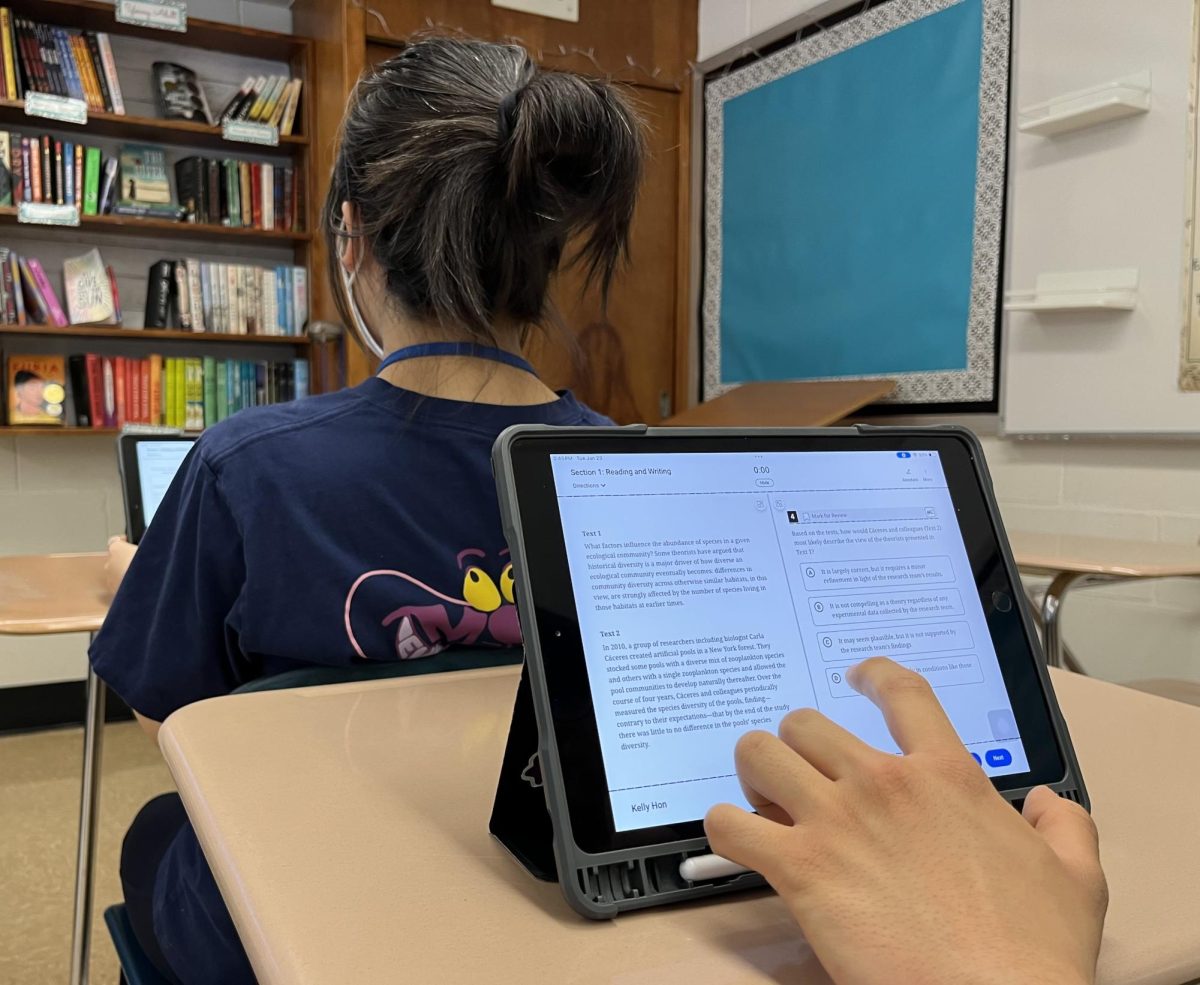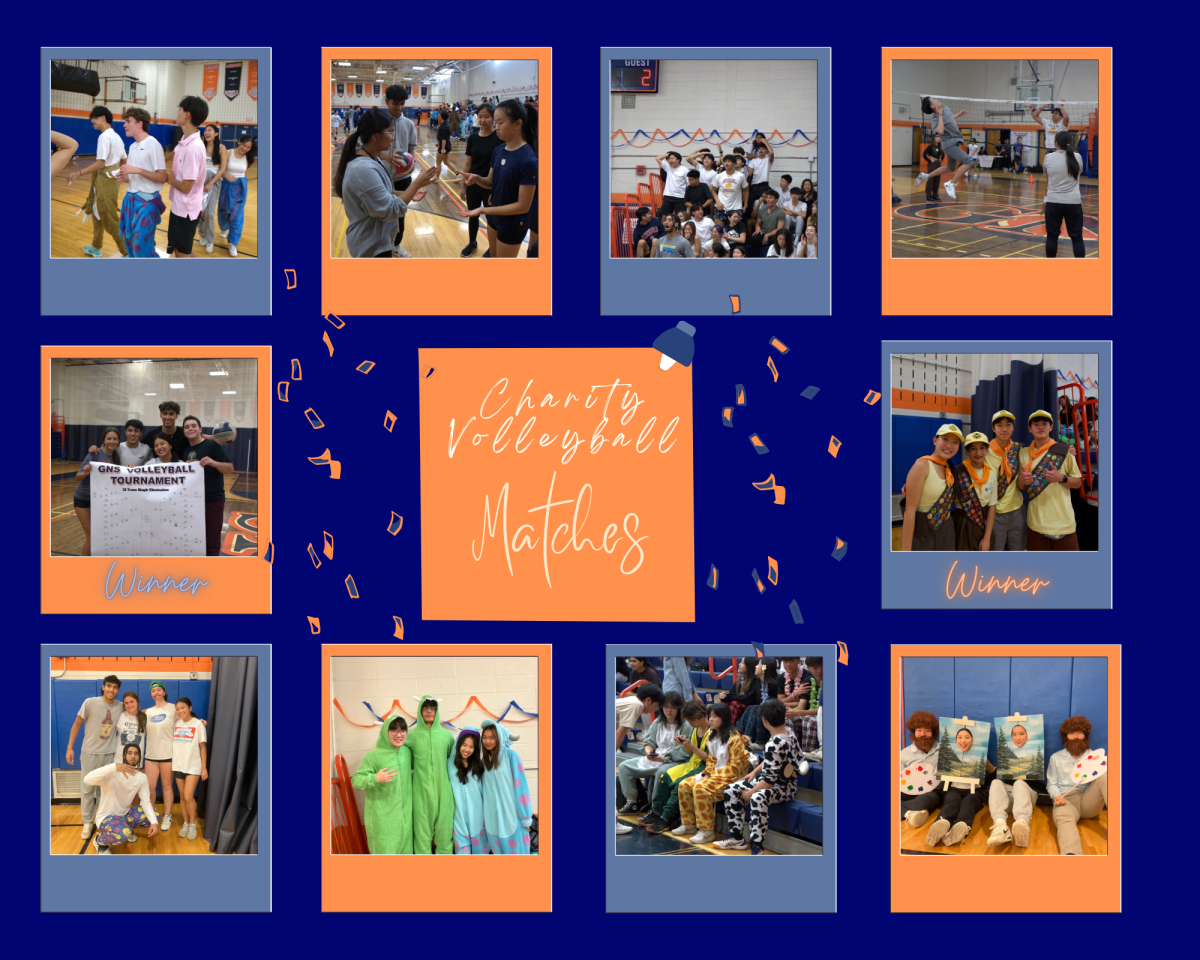By Vera Lin

Reproduced by permission of Dr. Carol Hersh
Senior Lelina Chang arrives at the Feinstein Institute for Medical Research at 9 a.m., prepared to do a day’s worth of research in her lab. She realizes that her transgenic mouse is fatter than her wild type mouse, although both mice ate the same amount of food. The only difference between the two mice is that the transgenic mouse had an overexpression of the protein osteopontin. Upon this observation, Chang developed her research project: What metabolic and genetic changes are occurring in these mice, which overexpress this protein called osteopontin, that are causing them to become obese?
Over the course of three summers, Chang has spent countless hours in the Feinstein Medical Research Institute researching and collecting data on projects ranging from looking at a drug that alleviates the symptoms of sickle cell anemia to investigating the role of a protein in autoimmune diseases. This past summer, however, Chang focused on a research topic about obesity, which eventually became a twenty-page research paper for the Siemen’s Competition in Math, Science, and Technology—a research paper that reflects her work in the lab last summer.
Every year, many science research students at South compete in the Siemen’s Competition in Math, Science, and Technology by submitting a research paper to the Siemens foundation. The process, however, includes more than just writing a research paper.
According to science research instructor Dr. James Truglio, before writing the research paper, students must get into a lab at a university or private institution and work under the guidance of a professional scientist. “Getting into a lab is very difficult,” Dr. Truglio said. “Last year’s winner of Intel had to email 200 labs and only got accepted into two.”
Students accepted into labs must dedicate much time to doing research for the lab. They work side by side with a professional scientist, often assigned to do a smaller part of a large project. This experience allows them to gain a greater understanding of the scientific field. “When they go into the lab, students are engulfed in a professional scientific setting,” said Dr. Truglio. “It’s like learning a new language and going to the country to learn it. Being in a lab is the best way for students to learn science.”
After completing the research, students use their collected data to form a research project that will be submitted to Siemens. The process of writing the paper consists of numerous edits and revisions, all to improve the project. These revisions and improvements are made until the September deadline.
The Siemens competition is not a requirement for science research students, but many still choose to enter the competition. “Students can get the same benefit from not doing the competition and just doing the lab, but they choose to compete because it’s a fun experience and it motivates them,” said Dr. Truglio.
“I did Siemens because it feels so amazing to write about a subject you’re passionate about, ” said Chang. “Research has been such a big part of my life for the past few years, and this paper was the culmination. Siemens was just a thrilling deadline to get the paper done.”
On Oct. 18, the 2013 semifinalists and regional finalist for the Siemens competition were announced. Chang’s project—The Effect of Lymphocyte Osteopontin in the Progression of Obesity—was among the semifinalists. “I really was not expecting anything,” said Chang. “There are so many amazing projects out there, and I thought I didn’t stand a chance! When I heard I was selected as a Siemens Semifinalist, I could not believe it!”



The Southerner
Menu
The Science Behind the Siemen’s Competition
December 5, 2013
Leave a Comment
The Student News Site of Great Neck South High School







